DEVOTION OF BILL GATES LEADS TO FORMATION OF MICROSOFT
Business visionary Bill Gates established the world's biggest programming business, Microsoft, with Paul Allen, and therefore got probably the most extravagant man on the planet. His Success Story is an inspiration to millions. The biography of Bill Gates reminds an American dream. Because of the difficult work, he has accomplished the flourishing of the organization, yet in addition to the title of probably the most extravagant individuals on Earth.
By blogwriternisha
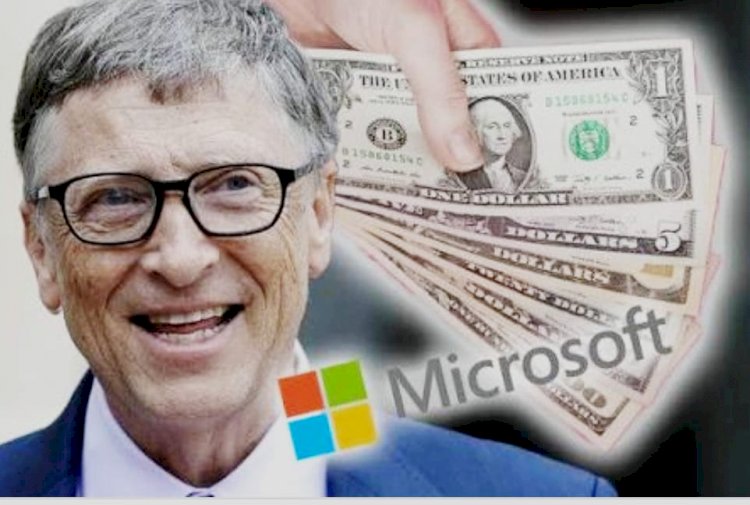
William Henry Gates III is an American business head honcho, programming designer, speculator, and humanitarian. He is most popular as the fellow benefactor of Microsoft Corporation. During his profession at Microsoft, Gates held the places of director, (CEO), president, and boss programming draftsman, while along way being the biggest individual investor until May 2014. He is extraordinary compared to other known business visionaries and pioneers of the microcomputer upheaval of the 1970s and 1980s.
CHILDHOOD:
Entryways were conceived William Henry Gates III on October 28, 1955, in Seattle, Washington. Doors experienced childhood in an upper-white collar class family with his more established sister, Kristianne, and more youthful sister, Libby. Their dad, William H. Entryways Sr., was a promising if to some degree modest, law understudy when he met his future spouse, Mary Maxwell.
The Gates family climate was warm and close, and every one of the three kids was urged to be serious and make progress toward greatness. Doors gave early indications of seriousness when he facilitated family athletic games at their mid-year house on Puget Sound. He likewise savored playing prepackaged games (Risk was his top pick) and exceeded expectations at Monopoly.
Entryways were an unquenchable peruser as a kid, spending numerous hours poring over reference books, for example, the reference book. Around the age of 11 or 12, Gates' folks started to have worries about his conduct. He was doing admirably in school, yet he appeared to be exhausted and pulled back now and again, and his folks stressed he may turn into a recluse.
In spite of the fact that they were solid devotees to government-funded training when Gates turned 13, his folks enlisted him at Seattle's selective preliminary Lakeside School. He bloomed in about the entirety of his subjects, exceeding expectations in math and science, yet in addition doing very well in show and English.
Doors met Allen, who was two years his senior, in secondary school at Lakeside School. The pair turned out to be quick companions, holding over their regular energy for PCs, despite the fact that they were altogether different individuals. Allen
was progressively saved and bashful. Entryways were feisty and on occasion aggressive.
STARTUP:
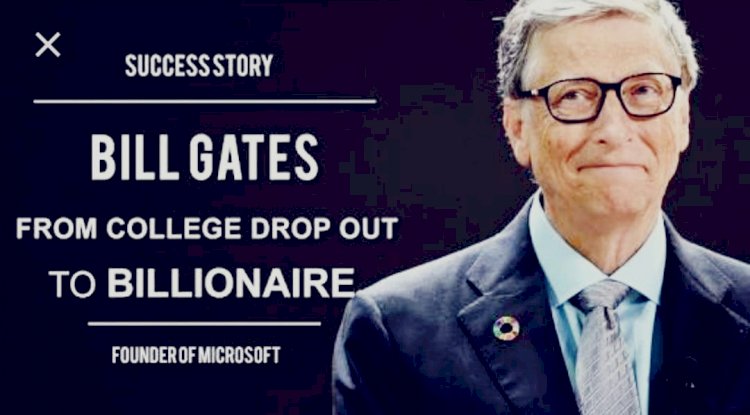
Despite their disparities, Allen and Gates hung out chipping away at programs. Sometimes, the two differ and would conflict over who was correct or who should run the PC lab. On one event, their contention raised to where Allen restricted Gates from the PC lab.
At a certain point, Gates and Allen had their school PC benefits denied for exploiting programming glitches to acquire free PC time from the organization that gave the PCs. After their probation, they were permitted back in the PC lab when they offered to investigate the program. During this time, Gates built up a finance program for the PC organization the young men had hacked into and a planning program for the school.
FORMATION OF BUSINESS:
In 1970, at 15 years old, Gates and Allen started a new business as partners, creating "Traf-o-Data," a PC program that observed traffic designs in Seattle. They got $20,000 for their endeavors. Doors and Allen needed to begin their own organization, however, Gates' folks needed him to complete school and go on to school, where they trusted he would work to turn into a legal counselor.
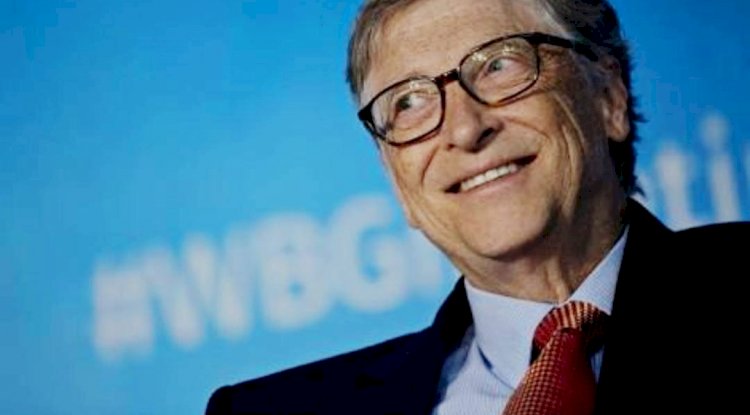
CAREER PROGRESS:
Allen went to Washington State University, while Gates went to Harvard, however, the pair kept in contact. In the wake of going to school for a long time, Allen dropped out and moved to Boston, Massachusetts, to work for Honeywell. Around this time, he demonstrated Gates a release of Popular Electronics magazine including an article on the Altair 8800 smaller than usual PC pack. Both youngsters were captivated with the potential outcomes of what this PC could make in the realm of individualized computing.
The Altair was made by a little organization in Albuquerque, New Mexico, called Micro Instrumentation and Telemetry Systems (MITS). Doors and Allen reached the organization, declaring that they were dealing with a BASIC programming program that would run the Altair PC. In actuality, they didn't have an Altair to work with or the code to run it, yet they needed to know whether MITS was keen on somebody growing such programming.
MICROSOFT CREATION:
MITS was, and its head, Ed Roberts, contacted the young men for an exhibit. Doors and Allen mixed, going through the following two months composing the BASIC programming at Harvard's PC lab. Allen headed out to Albuquerque for a trial at MITS, failing to have given it a shot on an Altair PC. It worked impeccably. Allen was recruited at MITS, and Gates before long left Harvard to work with him. Together they established Microsoft.
Allen stayed with Microsoft until 1983 when he was determined to have Hodgkin's sickness. In spite of the fact that his disease went into abatement a year later with serious treatment, Allen left the organization. Gossipy tidbits proliferate concerning why Allen left Microsoft. Some state Gates pushed him out, yet many states it was a groundbreaking encounter for Allen and he saw there were different open doors that he could put his time in.
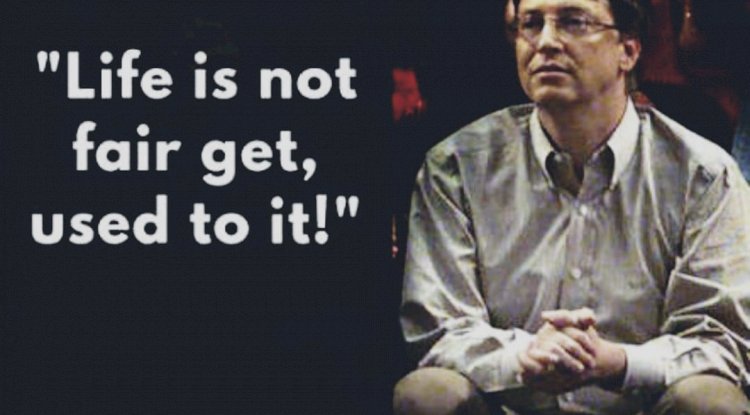
NEW INVENTION:
In 1975, Gates and Allen framed Micro-Soft, a mixture of "miniaturized scale PC" and "programming" (they dropped the hyphen inside a year). The organization's first item was BASIC programming that ran on the Altair PC.
CONCERNS:
From the beginning, everything wasn't going great. Despite the very fact that Microsoft's BASIC programming program for the Altair PC got the organization a charge and sovereignties, it wasn't meeting their overhead. As indicated by Gates' later record, just around 10 percent of the individuals utilizing BASIC within the Altair PC had really obtained it.
Microsoft's BASIC programming was mainstream with PC specialists, who acquired pre-showcase duplicates and were replicating and circulating them for nothing. Right now, numerous PC fans weren't in it for the cash. They felt the simplicity of proliferation and dispersion permitted them to impart programming to companions and individual PC aficionados. Entryways thought in an unexpected way. He considered being a dispersion of programming as taking, particularly when it included programming that was made to be sold.
In February 1976, Gates composed a missive to PC specialists, saying that proceeded with circulation and utilization of programming without paying for it might "keep great programming from being composed." basically, pilfering programming would dishearten engineers from putting time and cash into making quality programming. The letter was disliked with PC aficionados, however, Gates adhered to his convictions and would utilize the danger of advancement as a resistance when handled indictments of out of line strategic policies.
Doors had a rancorous relationship with MITS president Ed Roberts, regularly bringing about yelling matches. The contentious Gates conflicted with Roberts on programming advancement and therefore the heading of the business. Roberts considered Gates ruined and unsavory.
SUCCESS:
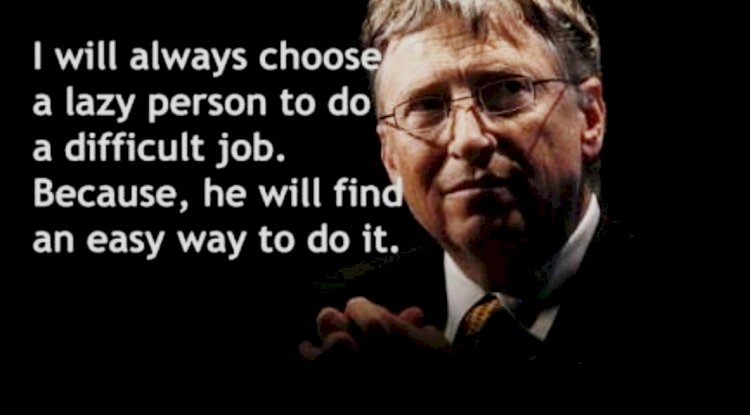
In 1977, Roberts offered MITS to a different PC organization and returned to Georgia to enter clinical school and become a specialist. Microsoft composed programming in various arrangements for other PC organizations, and, toward the beginning of 1979, Gates moved the organization's activities to Bellevue, Washington, only east of Seattle.
Entryways were happy to be home again within the geographical region and devoted himself completely to his work. Each of the 25 representatives of the youthful organization had wide obligations regarding all parts of the activity, item advancement, business improvement, and promotion.
In spite of the very fact that the organization began on flimsy balance, by 1979 Microsoft was earning roughly $2.5 million. At 23 years old, Gates put himself because of the top of the organization. along with his keenness for programming advancement and a pointy negotiating prudence, he drove the organization and functioned as its representative. Doors by and by looking into each line of code the organization transported, regularly changing code himself when he saw it essential.
What's Your Reaction?




















